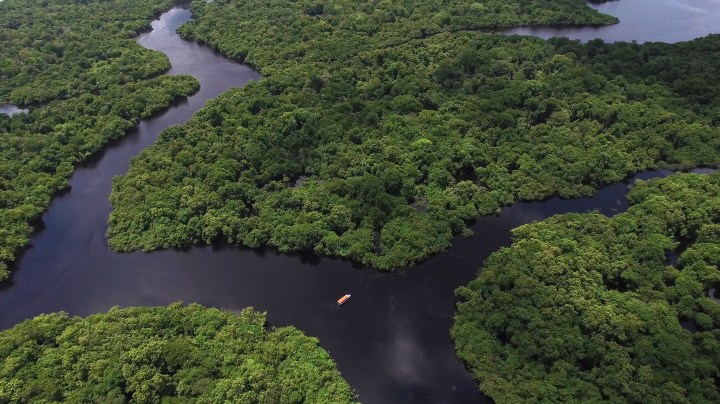5
Maxima Acuña
Every year, the Goldman Environmental Prize honors those working to protect the earth on a grassroots level. In 2016, Peruvian Máxima Acuña received that prestigious award for her years-long fight against a mining company.
As Peru’s mining industry grows, it’s the campesinos who suffer. As these companies become richer, they remain poor. And their right to clean water is compromised as it becomes polluted with mining waste. When Newmont – a Colorado-based company that owns and operates the very profitable Yanacocha Mine – looked to expand in 2010, it planned to drain lakes for its new Conga Mine.
Since then, Acuña and her family have fought to keep the company off of their property. In 2011, the company tried to evict Maxima and her family. She and her daughter unfortunately paid for their bravery. Guards knocked them unconscious. Eventually, the company sued Maxima in a provincial court.
Despite teaming up with GRUFIDES – an environmental NGO that helped her appeal the case – and her community, her fight is far from over. In September, hired hitmen targeted Maxima and her husband, according to teleSur. “People hired by mining firm Yanacocha illegally broke into the property and started damaging the lot with various tools,” Ysidora Chaupe, Maxima’s daughter, said. “When Maxima and Jaime approached them and demanded they stop invading the property, the mining firm’s security staff violently attacked Maxima and Jaime, hitting Maxima in the head and body with a weapon, leaving her seriously hurt.”
Latin America is the deadliest place to be an environmental activist. Global Witness‘ report, On Dangerous Ground, found that Latin America accounted for most of the murders of land defenders in any region in 2015. Out of 185 documented killings, 100 – 54 percent – happened in Latin America. Due to the constant stress for natural resources, it looks like 2016 will be on par with last year when it comes to the murders of environmentalists. We can only hope that the global attention to the Standing Rock struggle will raise more awareness of similar land struggles happening in indigenous communities around the world, as they face off against the major development projects that seek to displace them or damage their lands.
